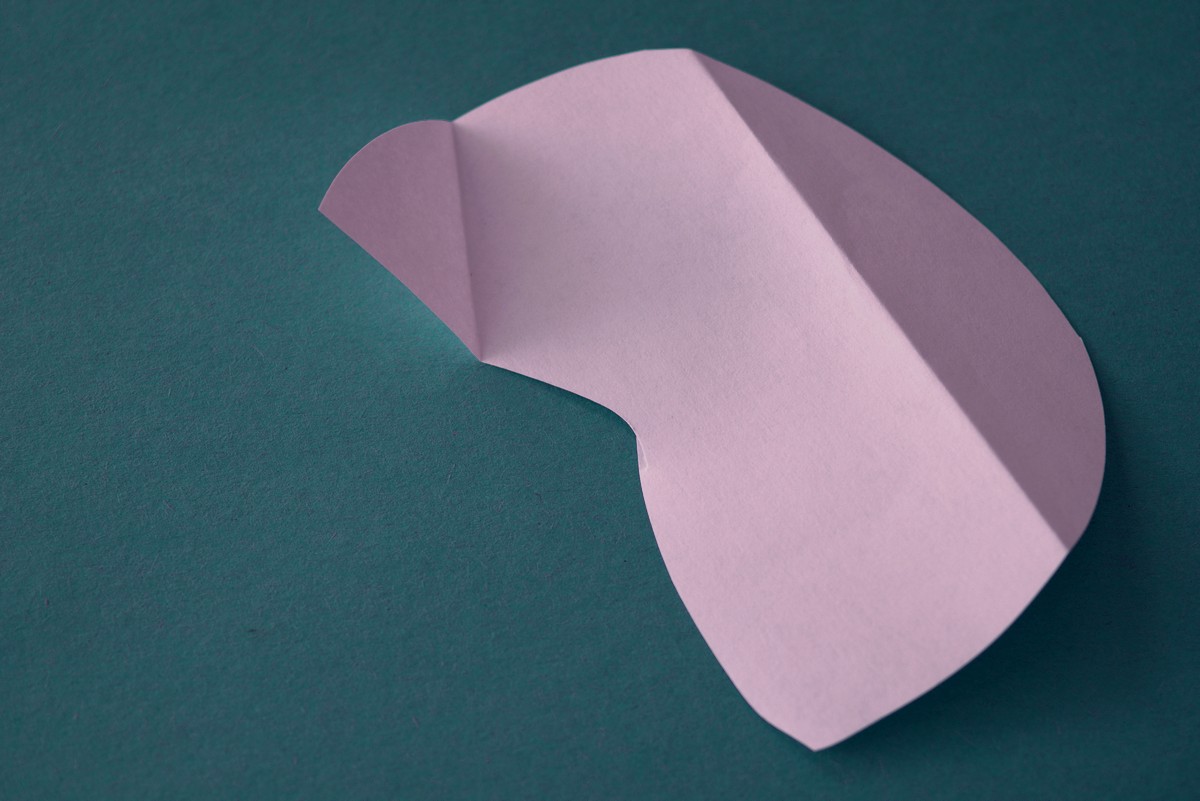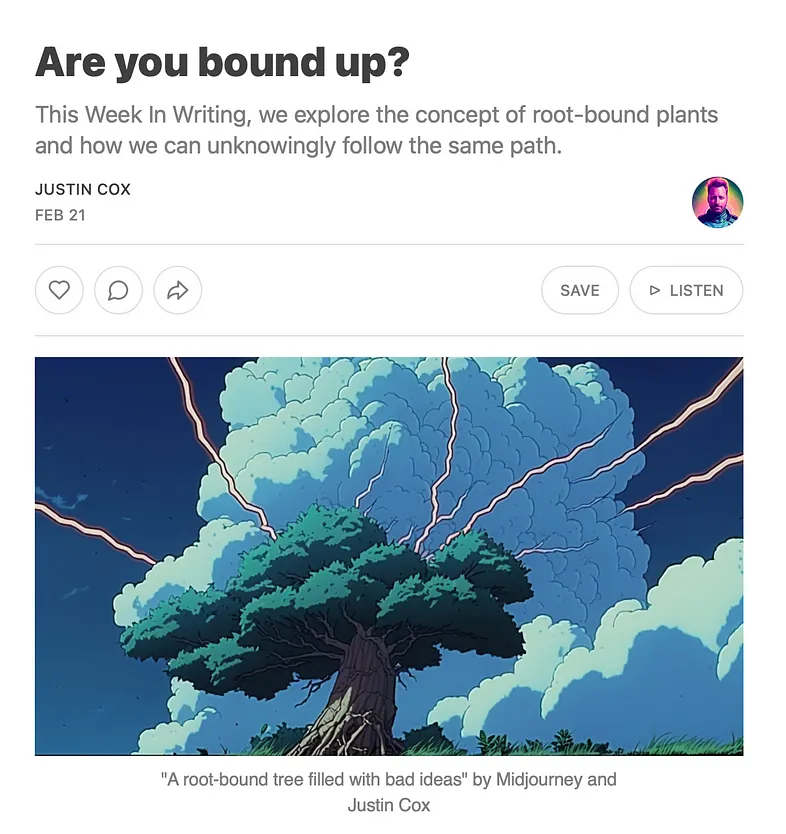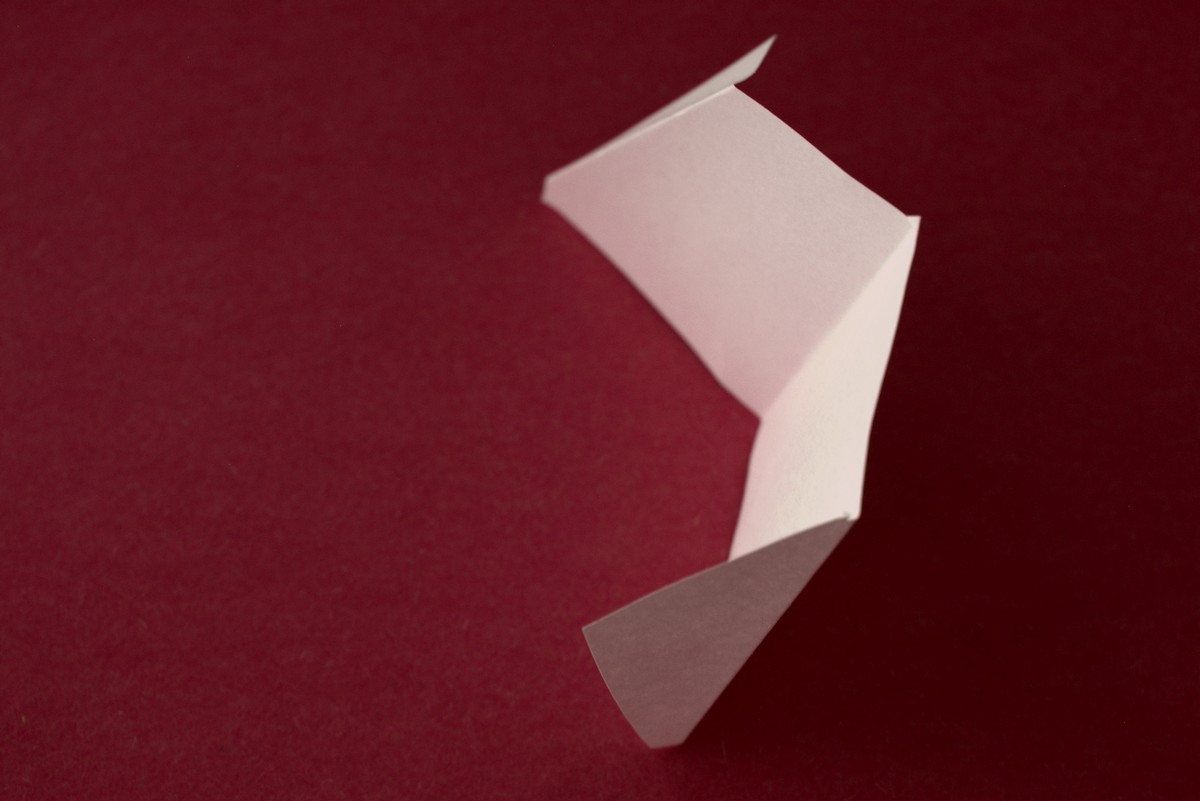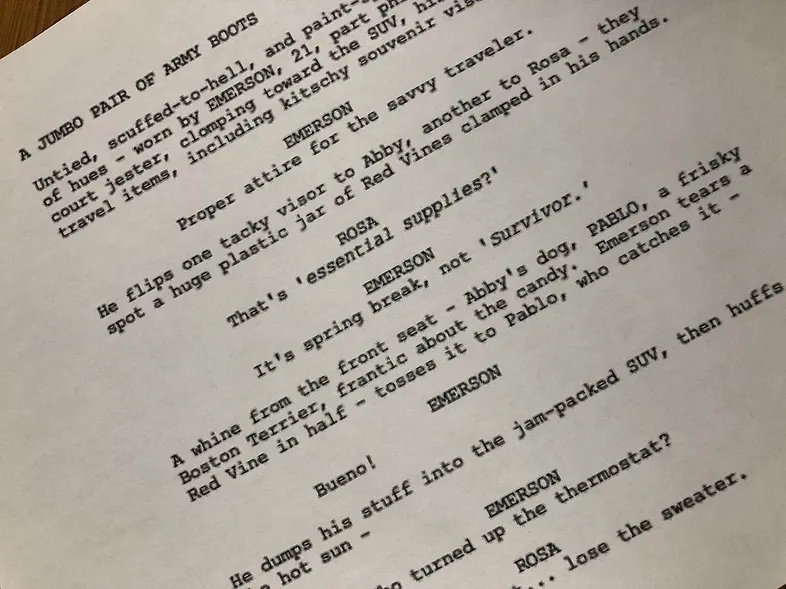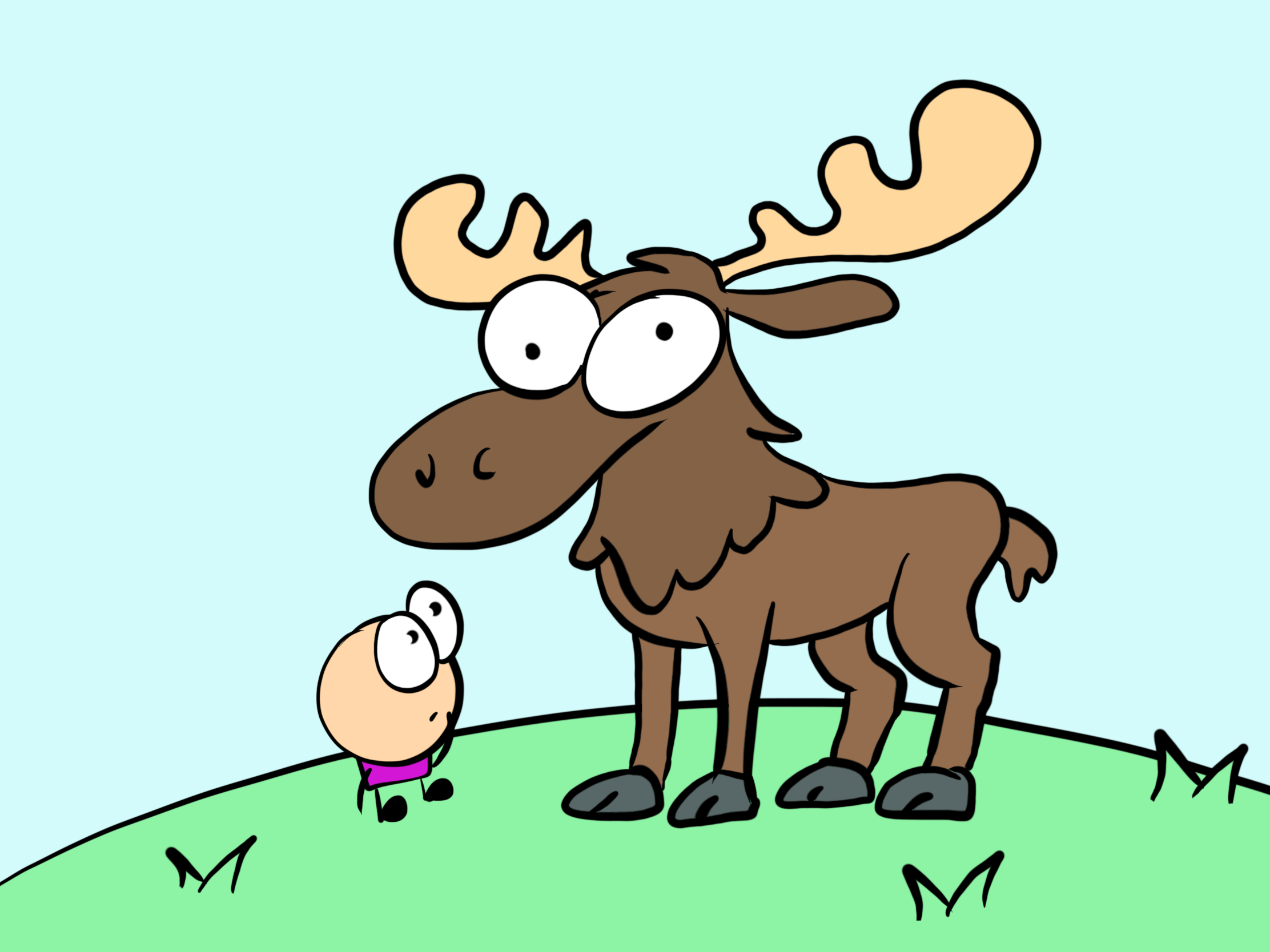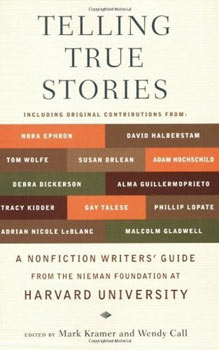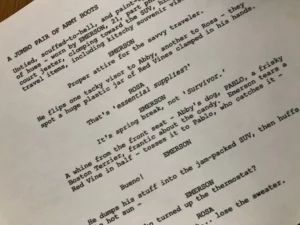
The Hidden Secrets Behind Becoming an Unforgettable Author Panelist—And Why Most Fail Miserably
It’s not necessarily about what you knowContinue reading on The Writing Cooperative »
Unveiling the Enigma: G. S. Katz’s Poetic Quest for Truth
Everyone wants the truth Until you give it to them Then they run away From…
Unveiling Hidden Truths: How G. S. Katz’s Poem ‘Issues with People’ Reveals the Complexities Beneath Everyday Faces
I am a person But I don’t like people I pay my bills on time…
Unlock the Surprising Power You’ve Already Mastered Without Realizing It!
I get email:Continue reading on Go Into The Story »
Is Writing Doomed to Die Under the Weight of SEO?
A response to a “Week in Writing” newsletter from two years agoContinue reading on The…
Unlock Your Creativity: 10 Free Plot Generators That Will Instantly Boost Your Writing Mojo
Writers and authors are always looking for new ideas, and that’s where plot generators can…
Unlocking the Secrets of the Heart: A Poetic Journey Beyond Medicine by P.K. Deb
The long-term illness of my wife pours instantly a course of cursed ink on my…
Uncover the Hidden Message in G. S. Katz’s “Land Line” That Will Change How You See Connection Forever
Land line, corded phone Clarity I can actually hear you Expensive to still own But…
Unlock Hollywood Secrets: Dennis Foley’s Ultimate Screenwriting Masterclass Revealed
“Hollywood is the only town where you can not fail. You can only quit trying.”Continue…
Unveiling Summer’s Secret Arrival: A Poetic Journey by G. S. Katz
sultry heat skin attraction gaze lean stares gelato watermelon dirty martinis low cut bbq old…










